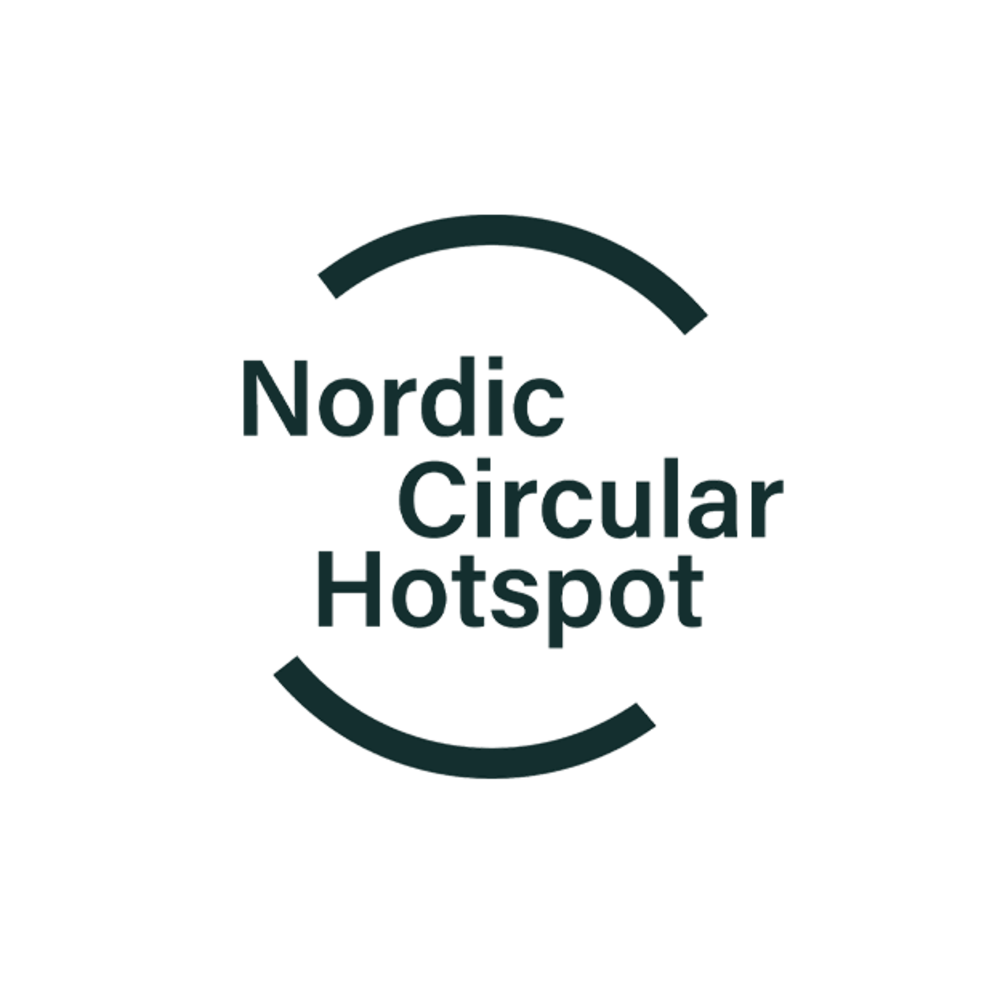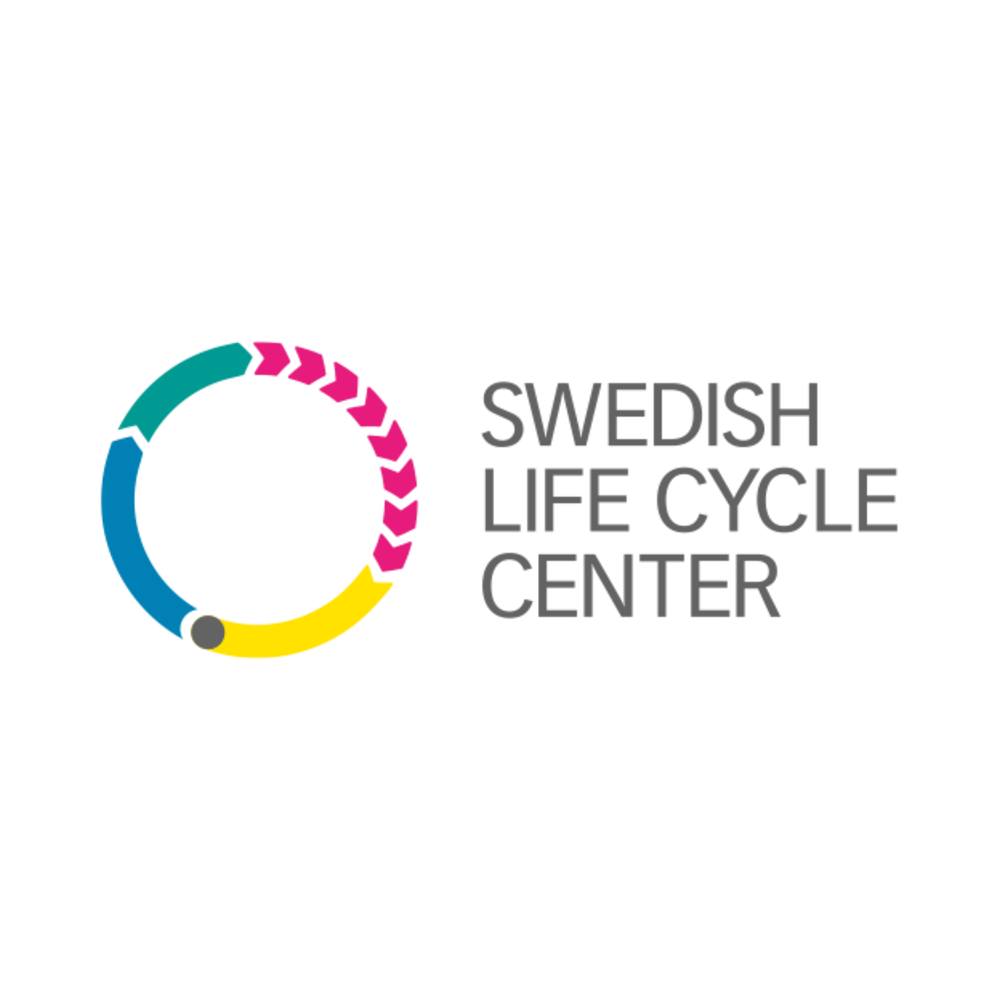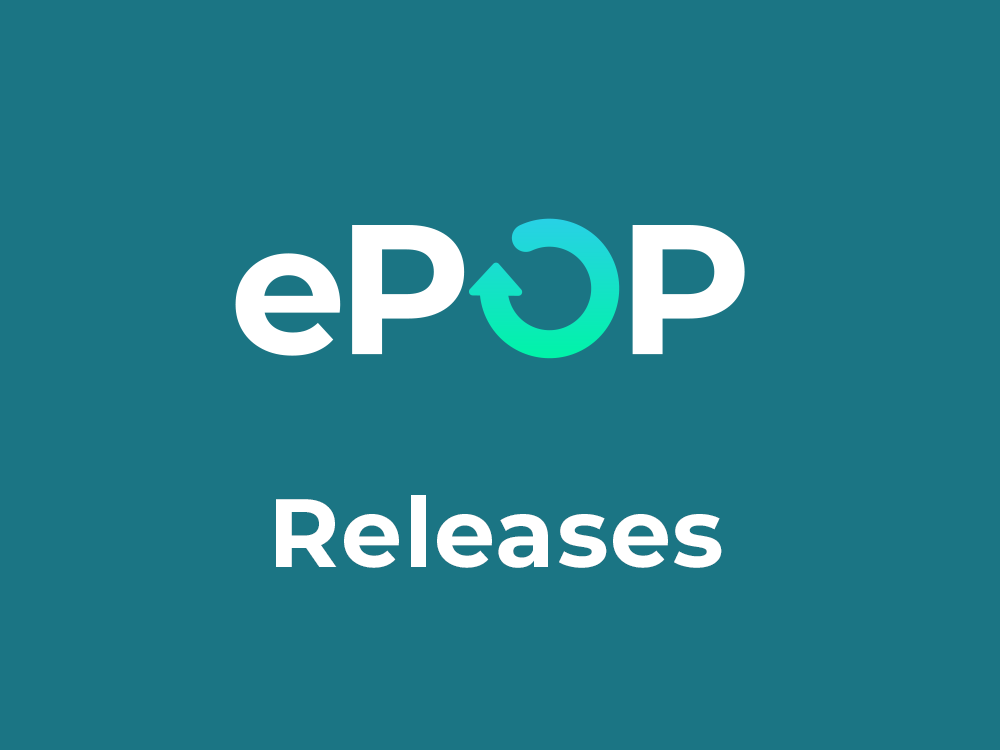ePOP shows you the optimum combination
Knowing where to start when defining the next generation of electrified propulsion system is a complex challenge.
Proposing and committing to successful future strategies requires confidence, speed, and a detailed insight into the trade offs.
ePOP is a culmination of 5 years of work to help customers solve the Performance, Profit, Sustainability equation.
All before investing major resources.That is what we call ePOP - Engineering Beyond Net Zero.
Learn more about the ePOP story:
Benefits of
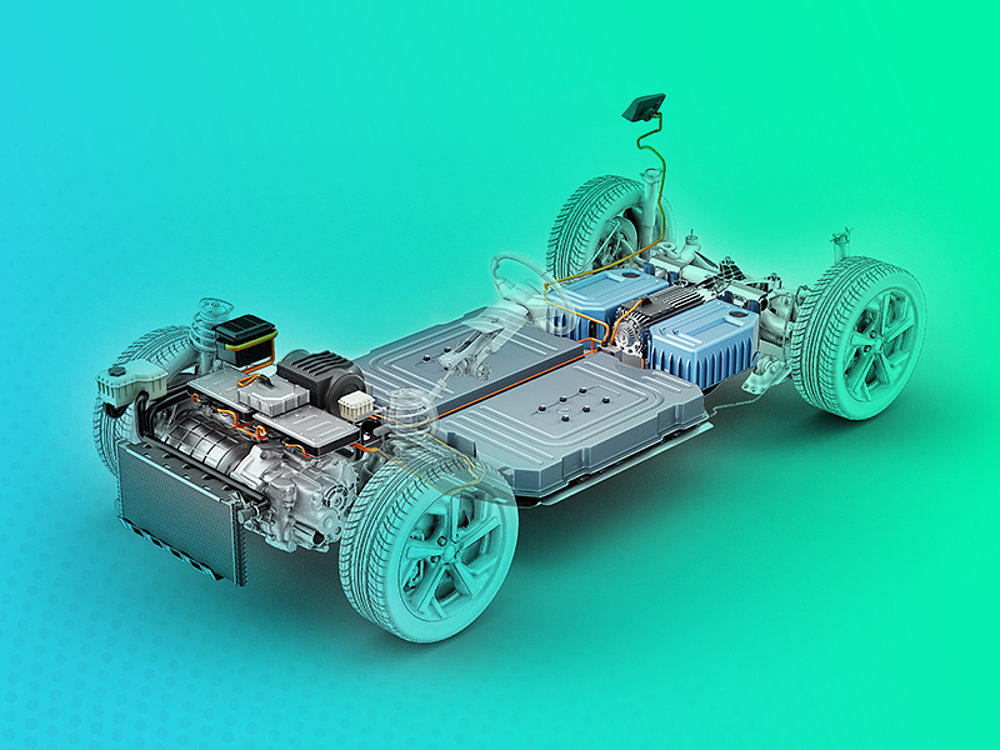
EV Design
Early stage R&D solutions in defining next gen eDrive
ZeBeyond leads the way in defining next-generation eDrive solutions through our early stage R&D solutions. Our approach targets system integrators across multiple sectors, from automobiles to marine vehicles to lawnmowers. With our focus on EV design, we provide comprehensive solutions that cater to the unique needs of both OEMs and specific part suppliers. With ZeBeyond, you're not just preparing for the future of electrified propulsion systems - you're driving it.
Vertical Communication
Communicate product value proposition across Tier levels to system integrators
Our cutting-edge simulation technology bridges the communication gap between material suppliers and system integrators, providing a platform for showcasing product potential. Whether you're introducing green steel or another innovative product, our simulations digitally model its impact on vehicle attributes such as weight and efficiency. This allows you to directly illustrate your product's value to OEMs, effectively bypassing the traditional supply chain hurdles and reaching the decision-makers.
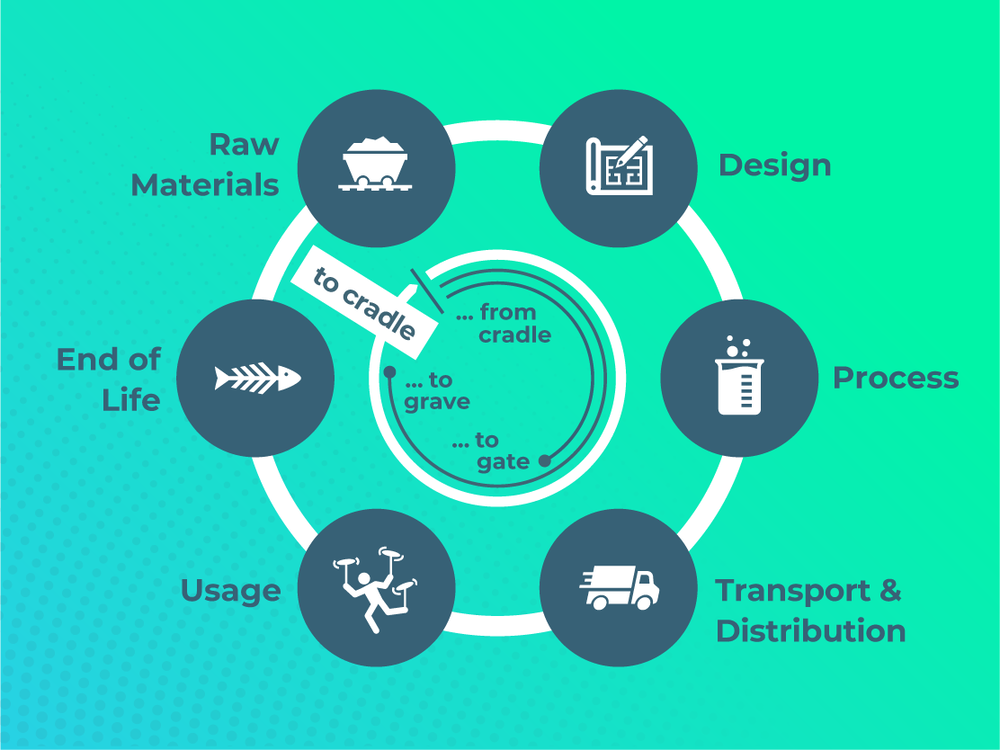

Engineering Consulting
Early stage R&D solutions in defining next gen eDrive
More than just software, we offer ready-made solutions to your problems, turning ePOP into your trusted back-office ally. From OEMs and material suppliers to engineering consultants, we extend our expertise to different sectors, including energy. With our solutions designed to resonate with your unique needs, you'll find yourself in a space that understands your challenges and offers tailored solutions.
Work in progress
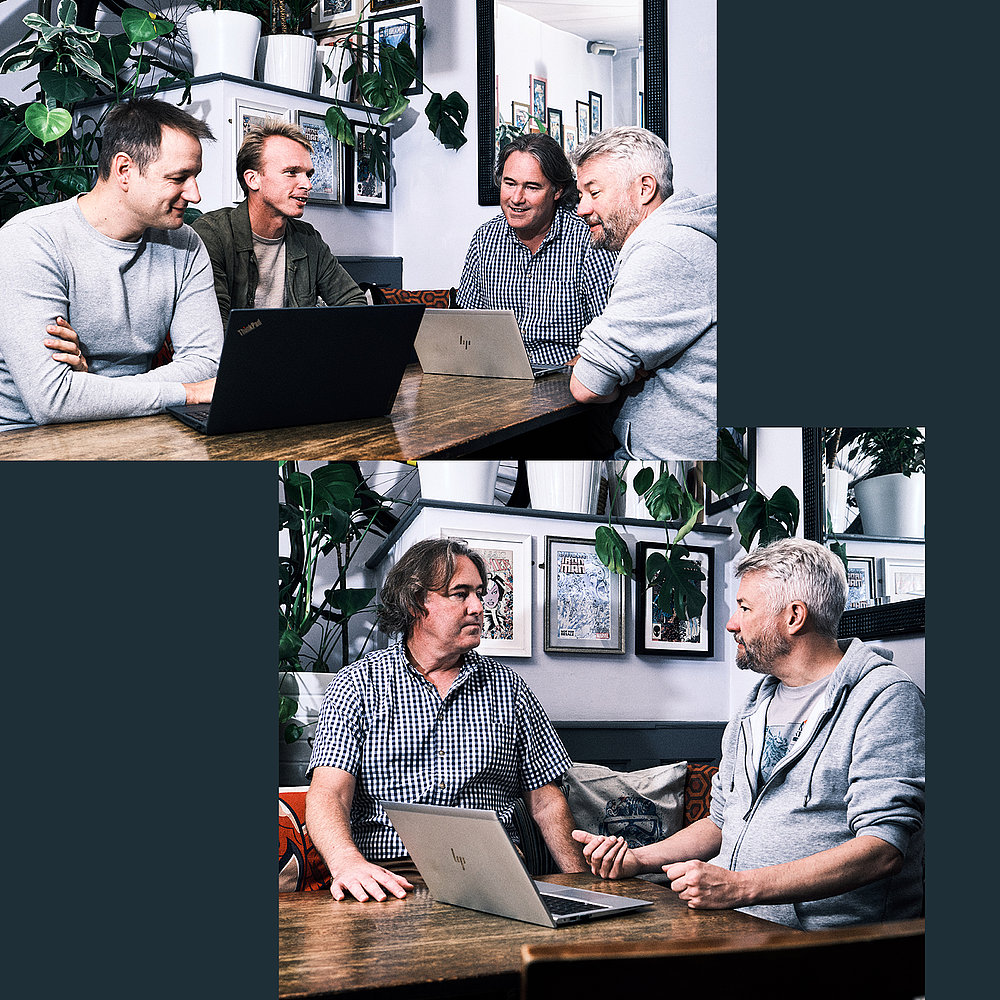
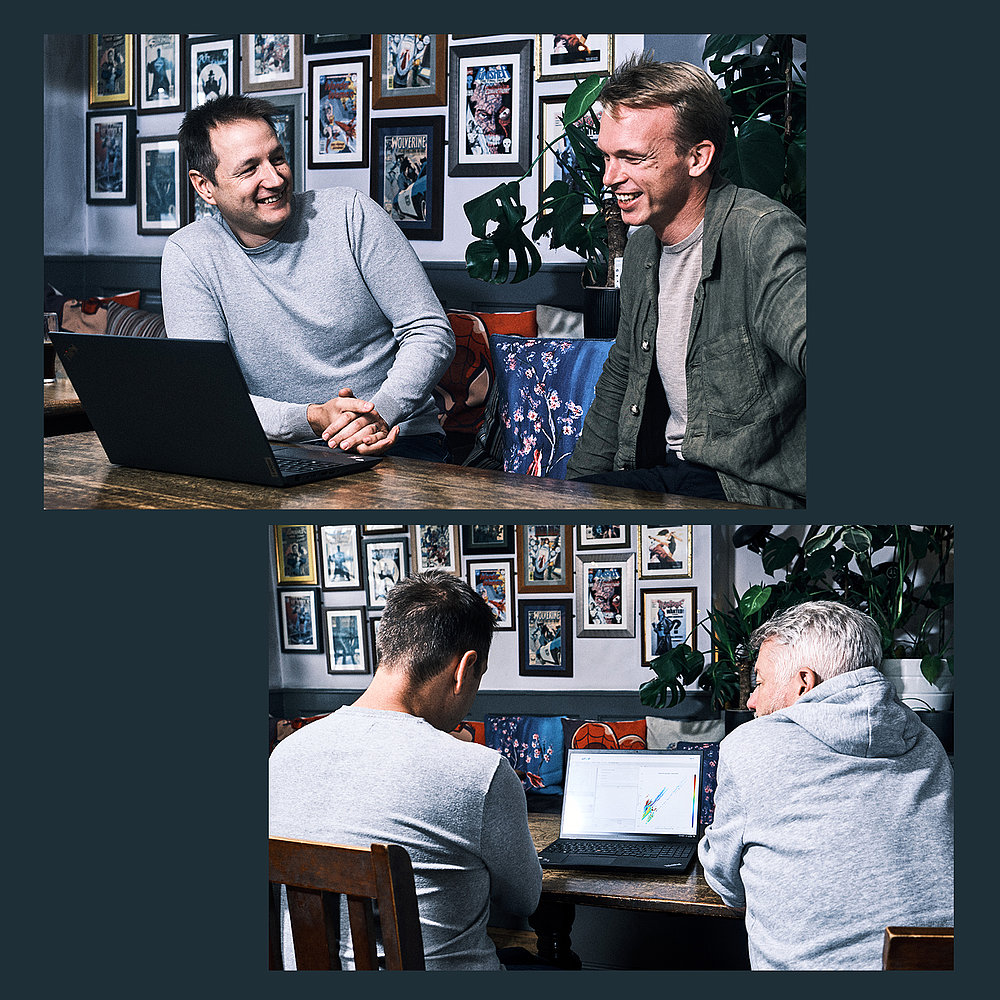
What's new?
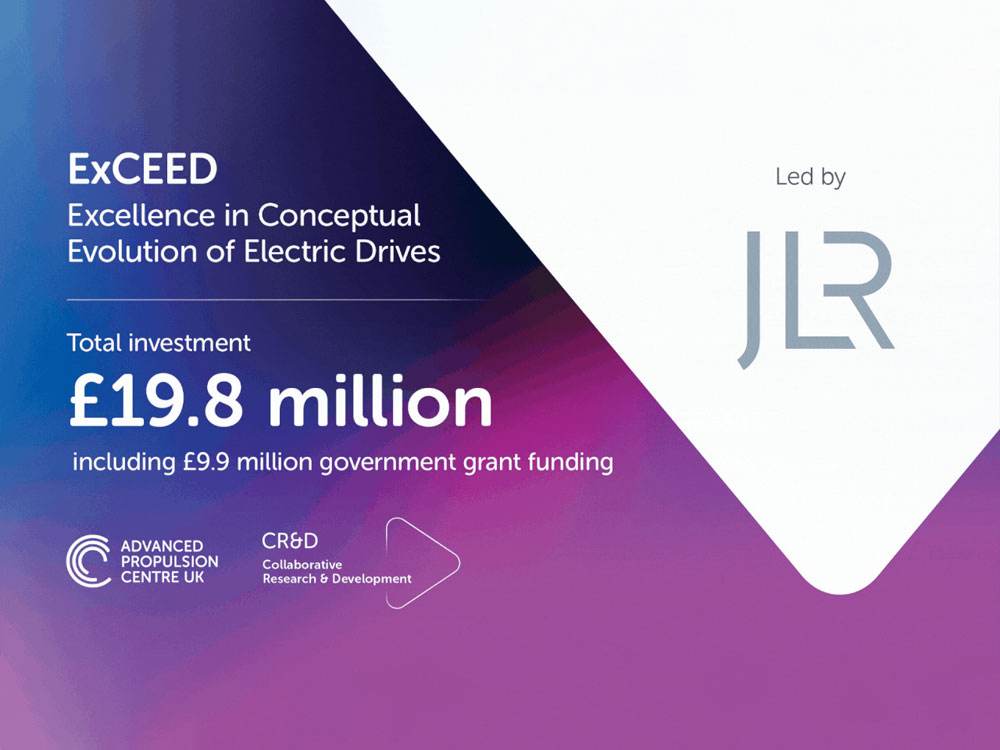
Big news: ExCEED - Excellence in Conceptual Evolution of Electric Drives
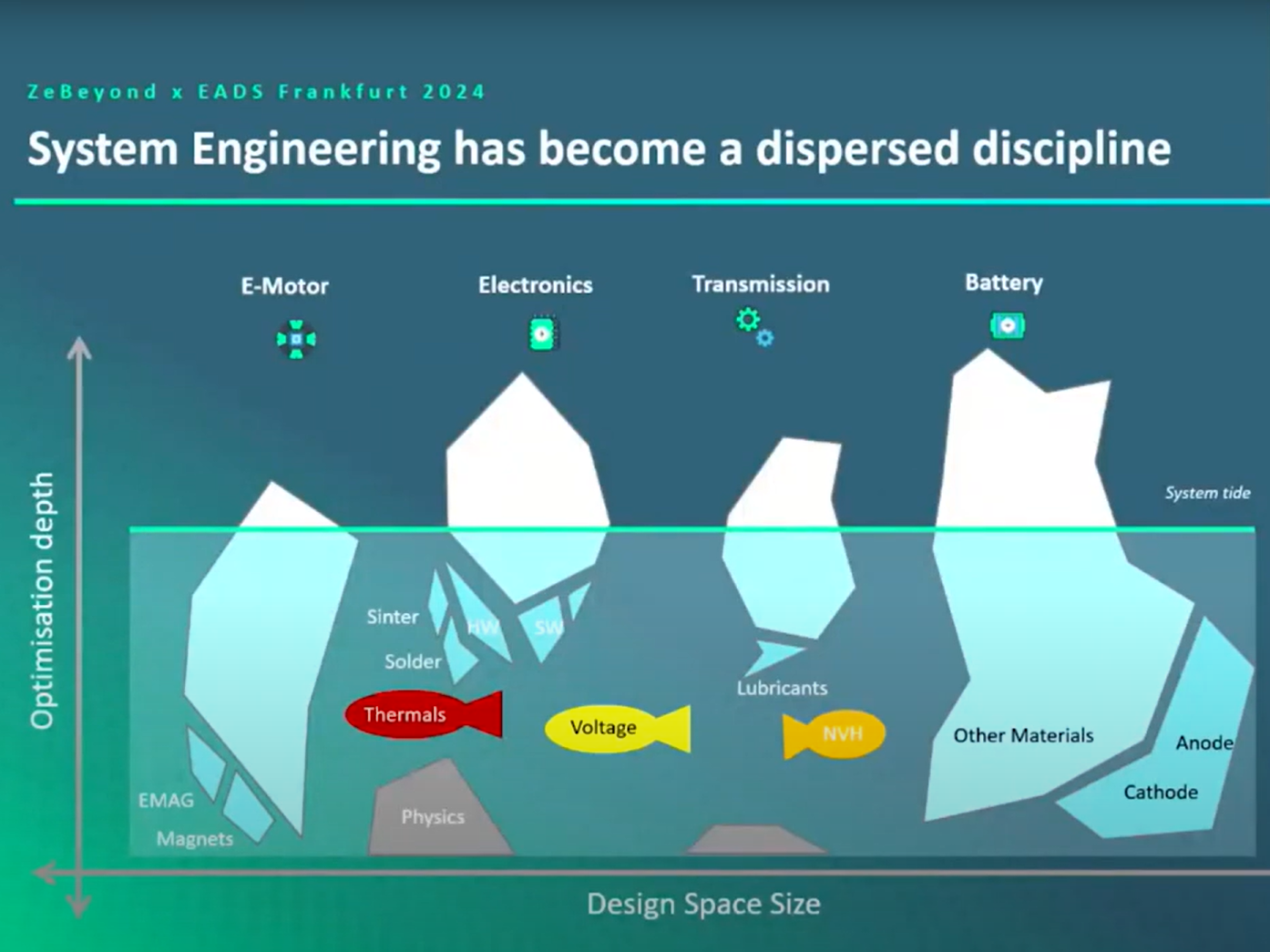
The 2nd European Automotive Decarbonization And Sustainability Summit 2024
Our Collaborators
